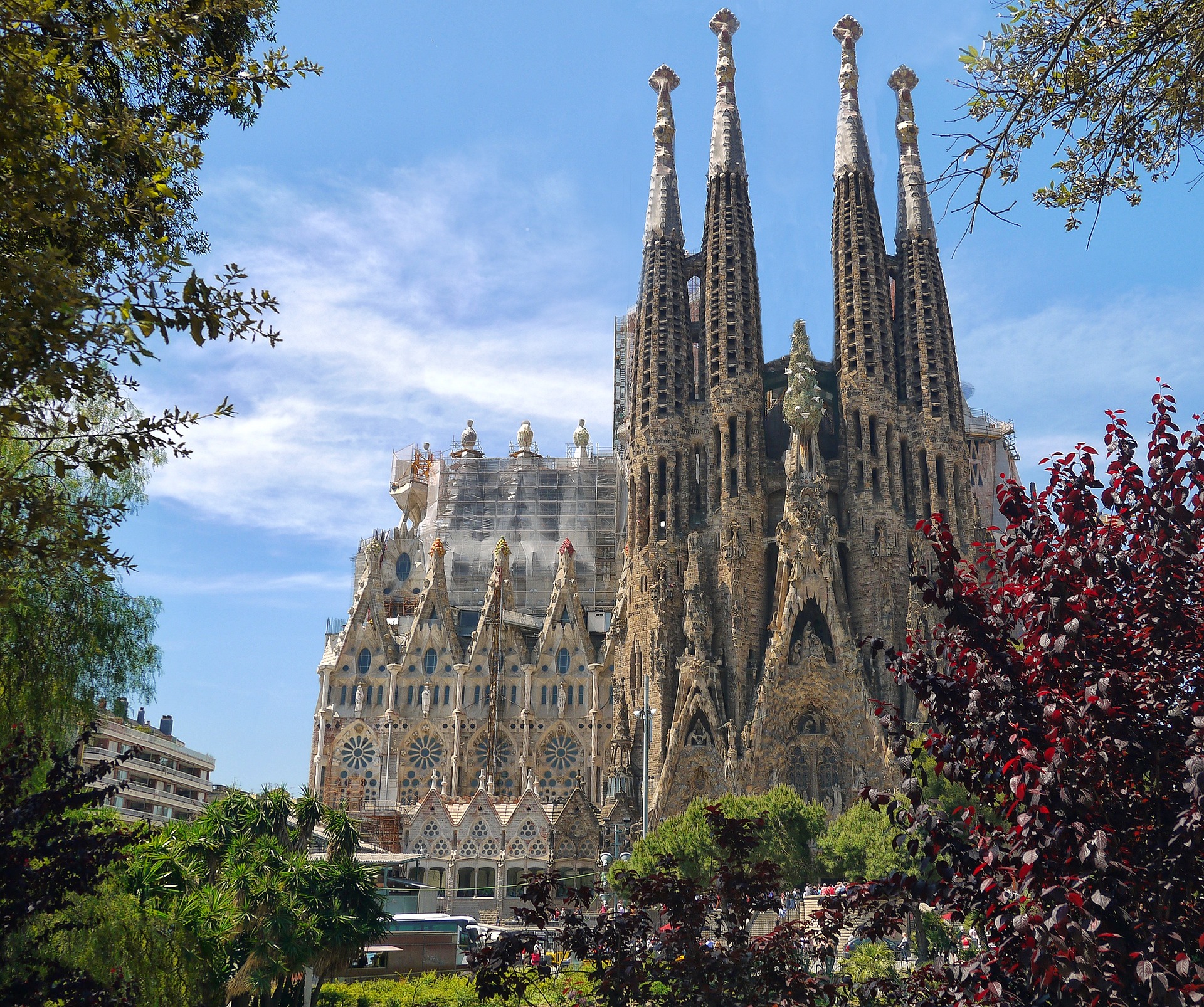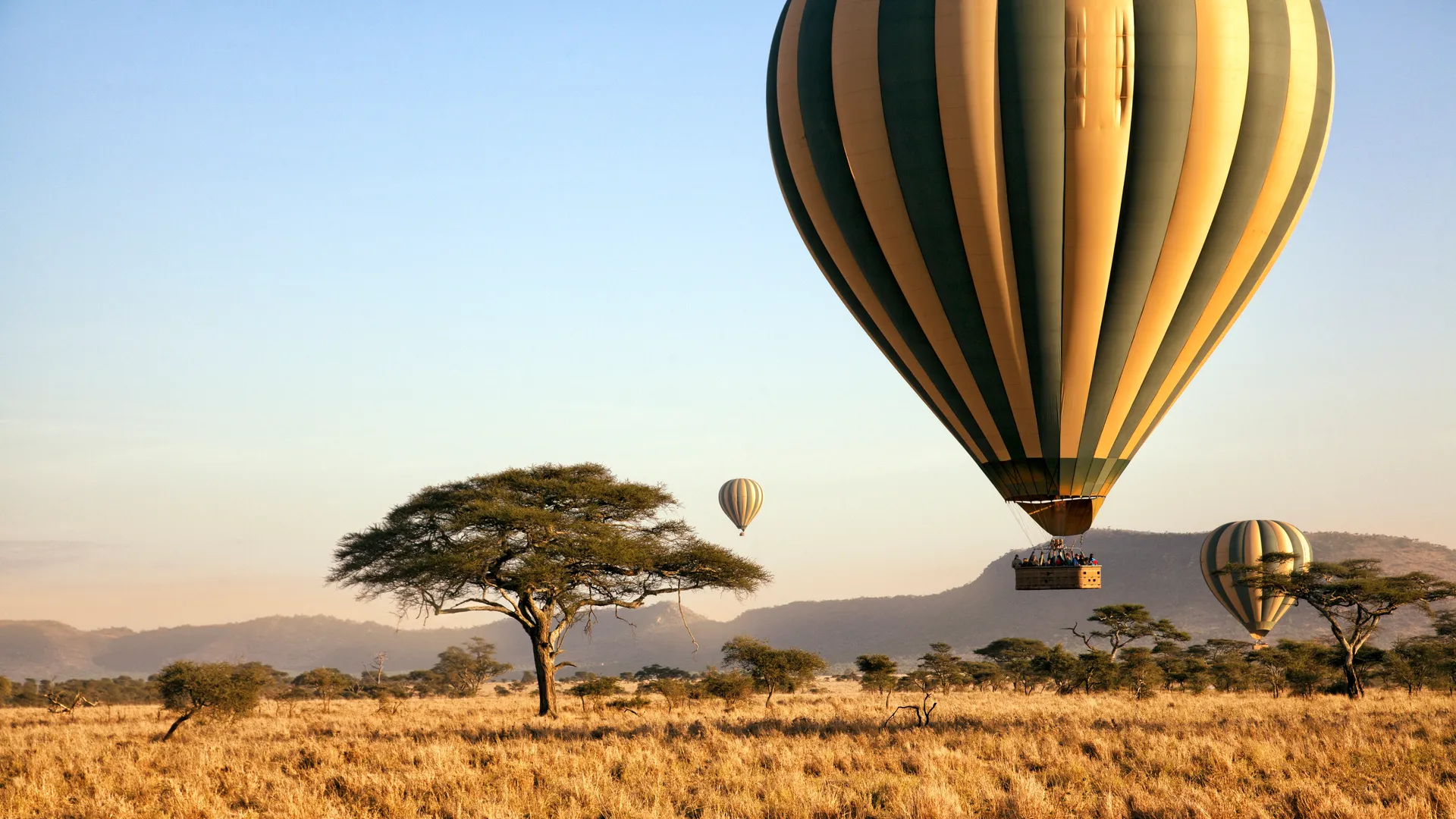Sapporo doesn't announce itself the way Tokyo or Kyoto does. There are no ancient temples or neon-packed districts competing for attention. Instead, Japan's fifth-largest city offers something increasingly rare: a sophisticated urban experience that doesn't feel like it's trying too hard.
The capital of Hokkaido has quietly developed into one of Japan's more compelling destinations for travelers who've already done the standard circuit. The infrastructure is modern, the food scene rivals anywhere in the country, and winter here actually feels like an attraction rather than something to endure.
Why Sapporo Works in Winter
Most Japanese cities tolerate winter. Sapporo embraces it.
The Sapporo Snow Festival transforms the city each February, drawing over two million visitors to see massive ice sculptures that require genuine engineering skill. But the festival represents just one week. The rest of the season offers consistent snowfall, well-maintained streets, and a city designed around cold weather rather than fighting it.
Hokkaido's powder snow has earned international recognition among skiers. While Niseko gets most of the attention, Sapporo's proximity to multiple ski resorts—all within an hour's drive—makes it a practical base. You can spend mornings on the slopes and evenings in the city without the logistics becoming a project.
The onsen culture here feels less performative than in more touristed areas. Jozankei, thirty minutes from central Sapporo, offers multiple hot spring ryokans where you can soak in outdoor baths while snow falls around you. Jozankei Daiichi Hotel Suizantei maintains traditional kaiseki service standards while providing the infrastructure international travelers expect.

The Food Situation
Sapporo's food reputation rests primarily on three things: ramen, seafood, and beer.
The ramen is miso-based, richer than Tokyo's shoyu style, and designed for cold weather. Ramen Yokocho in Susukino offers sixteen different shops in one alley—the quality varies, but the concentration makes comparison straightforward.
Seafood benefits from Hokkaido's position. Otaru, forty minutes by train, functions as Sapporo's port. The fish markets there operate like Tsukiji used to—working facilities where you can eat at counters attached to the stalls. Uni (sea urchin) from Hokkaido costs less here than in Tokyo and tastes noticeably different due to the colder waters.
Sapporo Beer, Japan's oldest brewery, maintains its original facility as a museum and beer garden. The experience is more genuine than most brewery tours—this is where the company actually started, not a reconstruction built for tourism.
Beyond the standards, Michelin has recognized several Sapporo restaurants. Mikuni Sapporo showcases Hokkaido ingredients with French technique. The execution is precise without being fussy.
Beyond the Tourist Standards
Sapporo Beer Museum warrants a visit beyond the obvious. The building itself is Meiji-era industrial architecture, and the tour provides context for how Japan modernized in the late 19th century. The beer garden afterward serves Genghis Khan—grilled lamb, a Hokkaido specialty that rarely appears elsewhere in Japan.
Odori Park runs through the city center as a linear green space. During winter, it hosts the Snow Festival. The rest of the year, it functions as the city's organizing principle—most directions reference their relationship to Odori.
Tanukikoji Shopping Street has operated for 140 years. Unlike many covered shopping streets in Japan that have homogenized into chain stores, Tanukikoji maintains independent retailers. The second-hand luxury boutiques here stock pieces that don't appear in Tokyo's Shibuya district.
The Sapporo TV Tower offers views of the city and surrounding mountains. The observation deck is particularly effective at sunset when you can watch the city lights come on while the mountains fade into silhouette.
Day Trip to Otaru
Otaru deserves a full day despite being close to Sapporo.
The port town flourished during the Meiji era and retains that architectural character. The canal district features converted warehouses now operating as restaurants, glass shops, and music box museums. The Music Box Museum stocks over 25,000 pieces—the collection goes well beyond tourist souvenirs into genuine antique instruments.
Kitaichi Glass specializes in Venetian-style glass manufacturing. The workshop tours demonstrate techniques that most glass production abandoned decades ago when automation became feasible. You can watch craftspeople free-blow glass using methods that haven't changed in centuries.
LeTAO produces what might be Japan's best cheesecake—a bold claim in a country obsessed with Western-style baking. The cakes use Hokkaido dairy, which has higher fat content than mainland Japanese milk. The difference is noticeable.
The Access Travel Approach
We structure Sapporo itineraries around seasonal timing and your actual interests rather than trying to pack in every landmark.
If you're visiting during ski season, we arrange morning access to less-crowded resorts with afternoon returns to the city. Ground transportation is private, not shared shuttles, which matters when you're carrying ski equipment and trying to maintain a schedule.
Restaurant reservations get handled in advance—the better places book out weeks ahead, and language barriers make direct booking difficult. We secure tables at restaurants that match your preferences rather than working from a standard list.
Day trips to Otaru, Jozankei, or Asahikawa are timed to avoid tour groups. Early morning departures and private vehicles mean you're seeing locations before they fill up, and we build in flexibility for weather changes.
For travelers combining Sapporo with Niseko or other Hokkaido destinations, we manage the ground logistics that consume time—private transfers, equipment rental, onward transportation.
Practical Details for Filipino Travelers
Getting There: No direct flights operate between Manila and Sapporo. Most efficient routing connects through Tokyo (Narita or Haneda) on Philippine Airlines, Japan Airlines, or ANA, then continues to New Chitose Airport. Total travel time is approximately 7-8 hours including the connection.
Visas: Filipino passport holders visiting Japan for tourism need a visa. Requirements include confirmed flight bookings, hotel reservations, bank statements showing financial capacity, and a completed application form. Processing takes 5-7 business days through the Japanese Embassy in Manila. We handle this documentation as part of journey planning.
When to Visit: February brings the Snow Festival and peak crowds. December through January offers full winter experience with better availability and lower rates. March catches late season skiing with longer daylight hours.
What to Pack: Layering matters more than heavy coats. Buildings are well-heated, but you'll be moving between indoors and outdoors frequently. Waterproof boots with grip are essential—streets get icy despite maintenance efforts.

Why Sapporo Over Other Winter Destinations
Sapporo works because it's functional. The infrastructure handles snow efficiently, English signage is common, and the city never feels like it's performing for tourists.
For Filipino travelers making the trip to Japan's north, it offers winter without the Alpine price points, food culture that rivals Tokyo, and enough activities to justify a week while remaining relaxed enough that you're not exhausting yourself trying to see everything.
The city has become sophisticated without losing its character. It’s a balance that's increasingly difficult to find in major Japanese destinations.
Planning a Sapporo journey? We'll design it around your travel dates and preferences.






